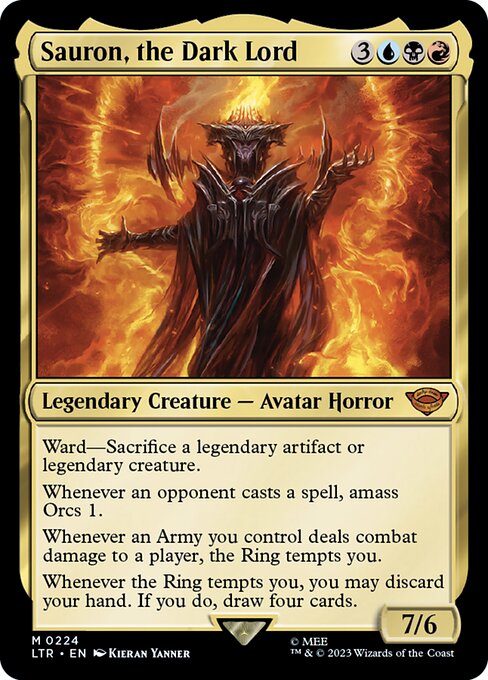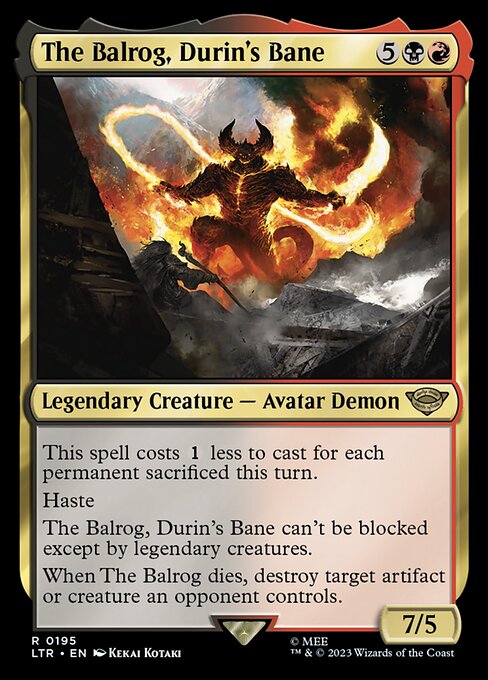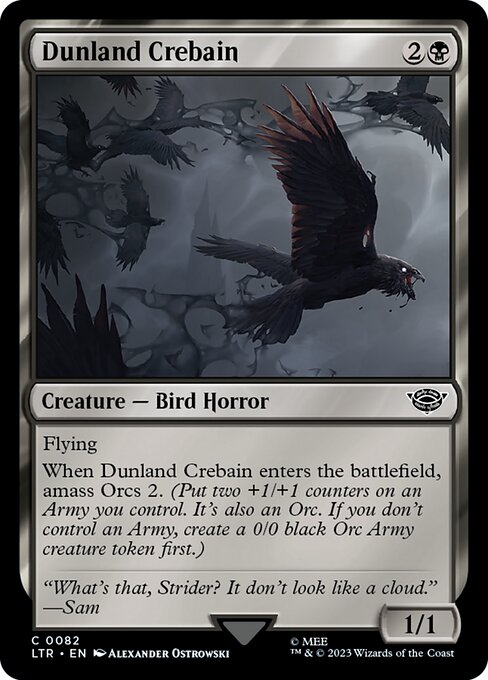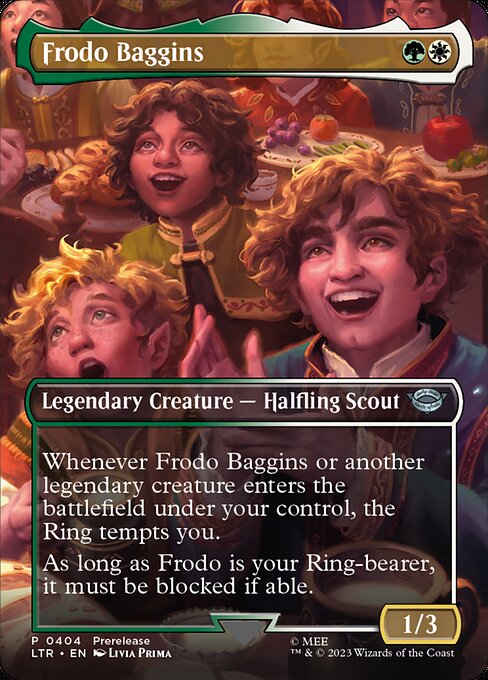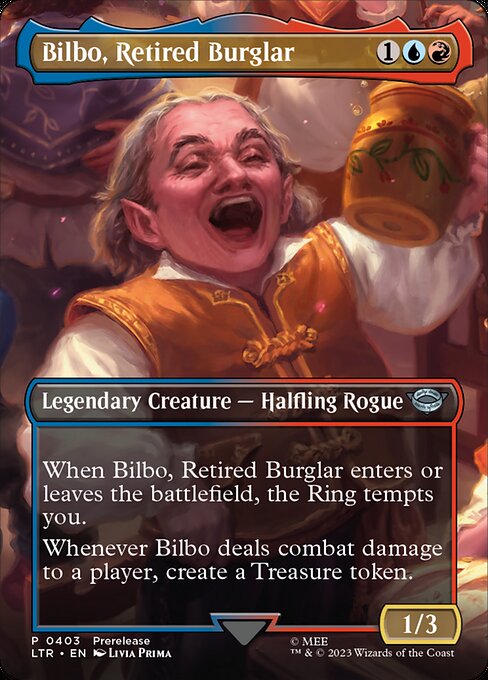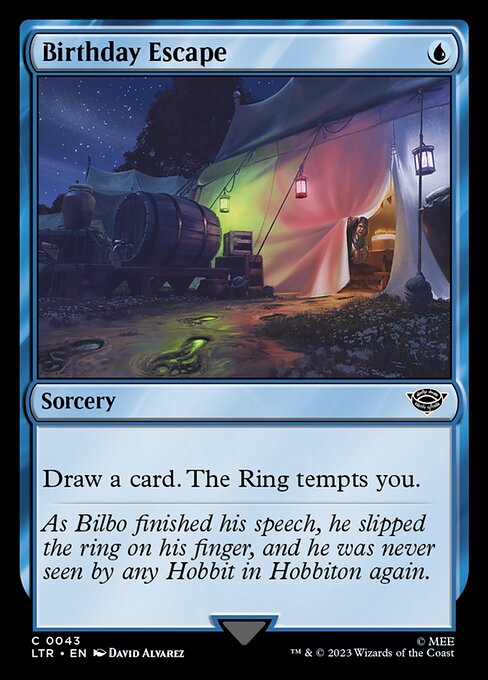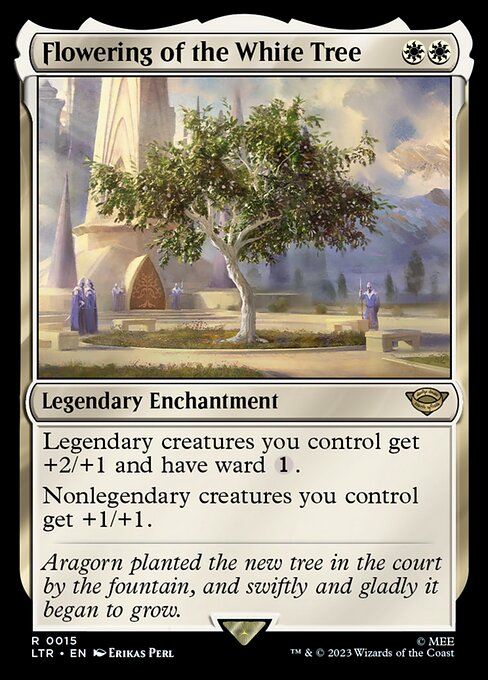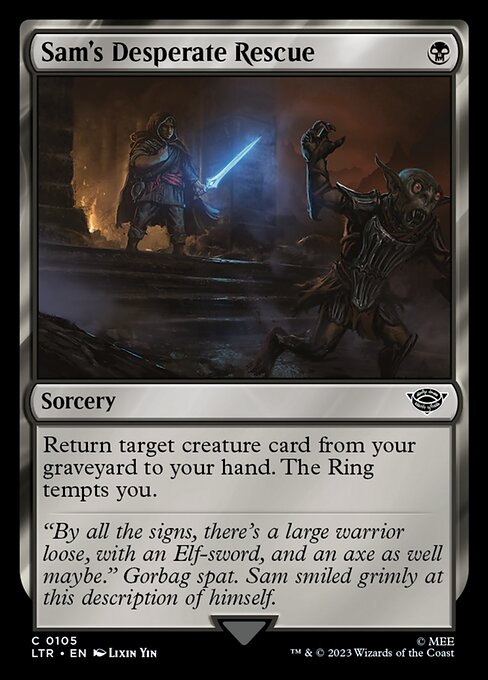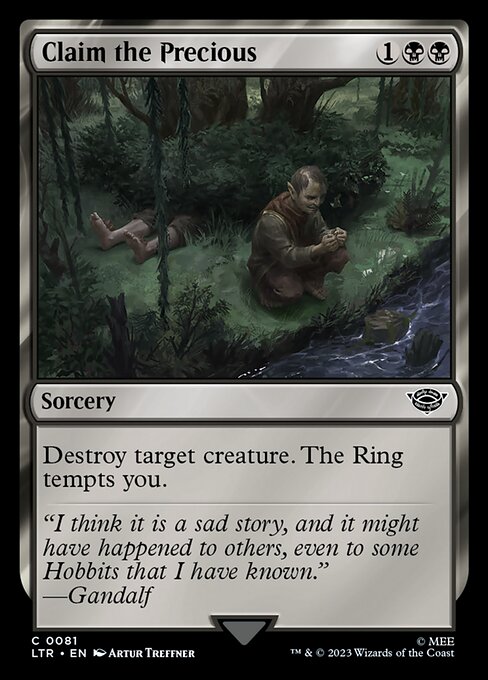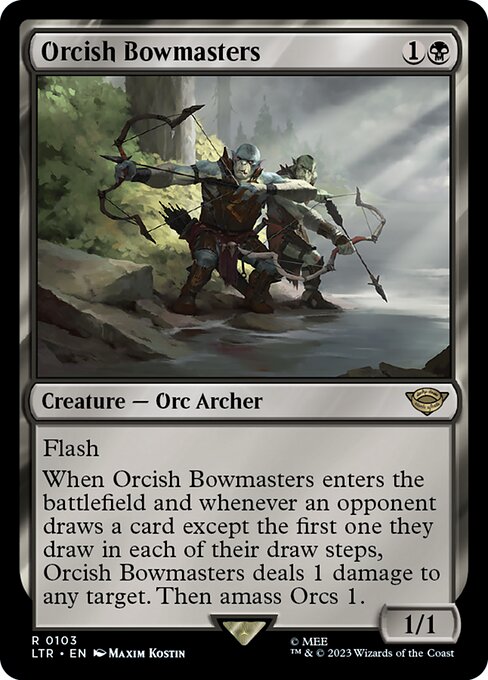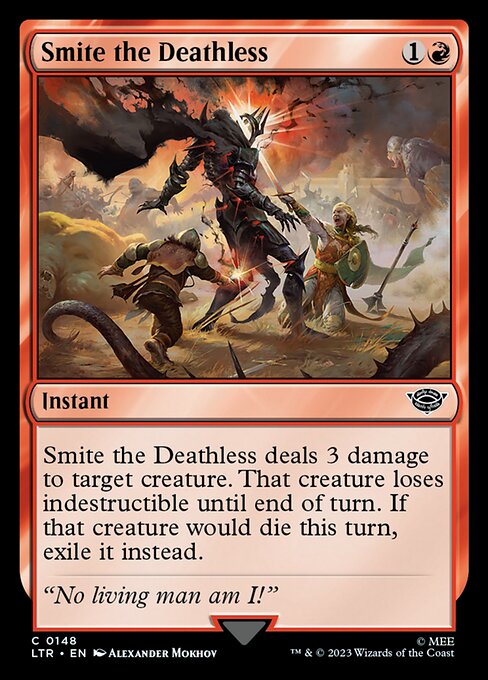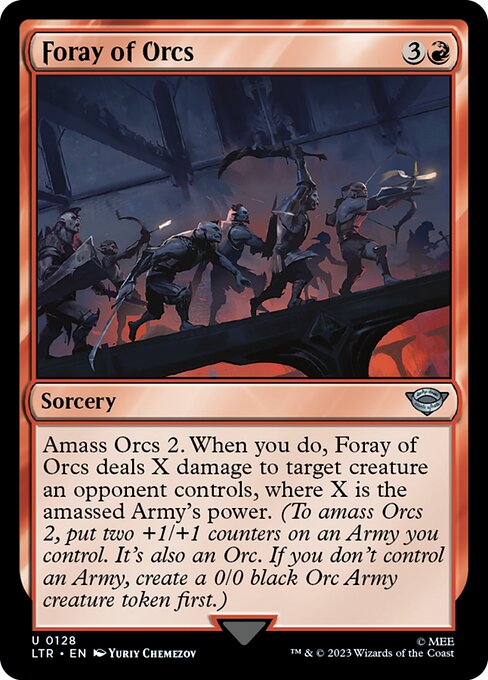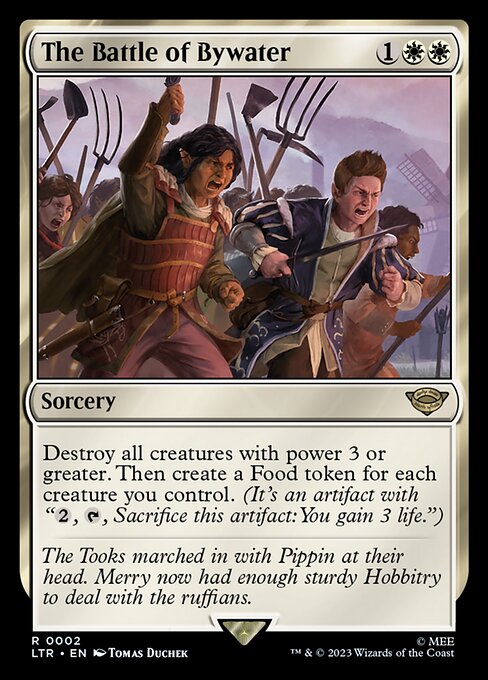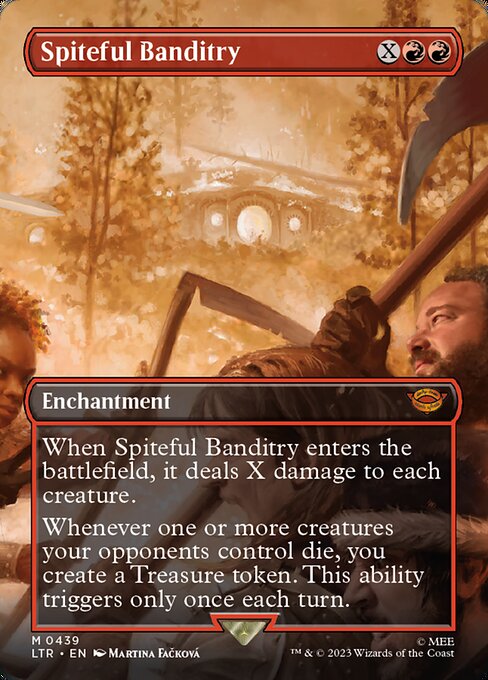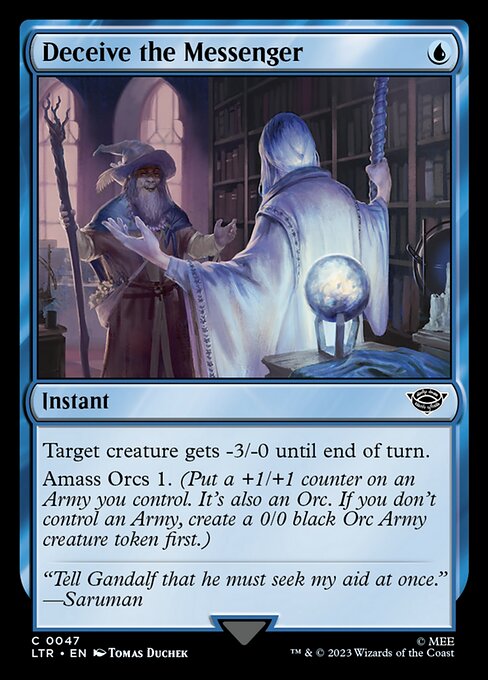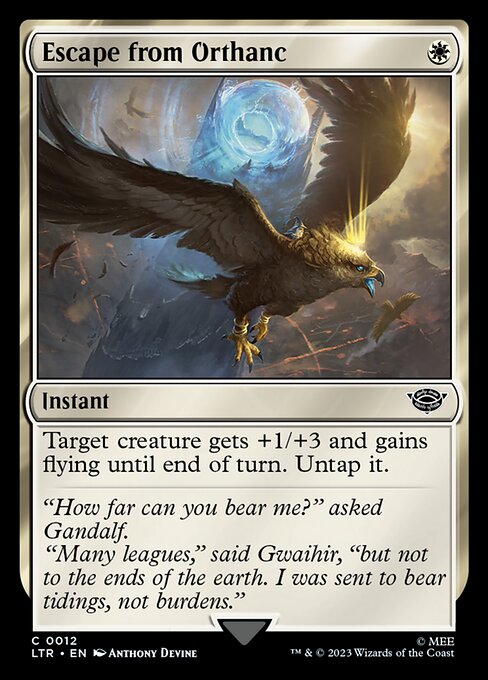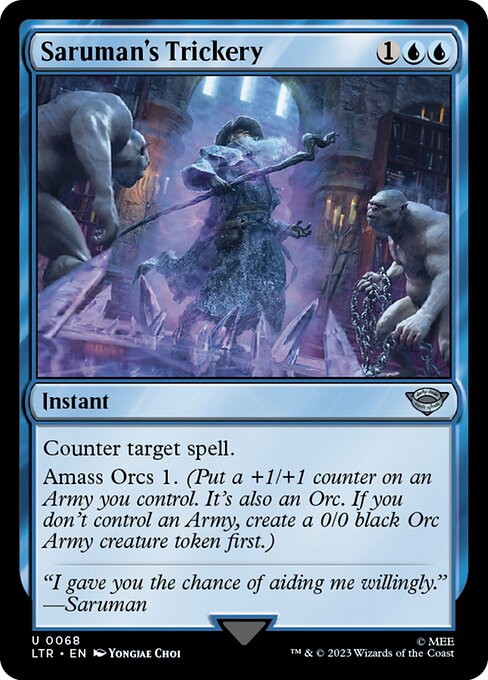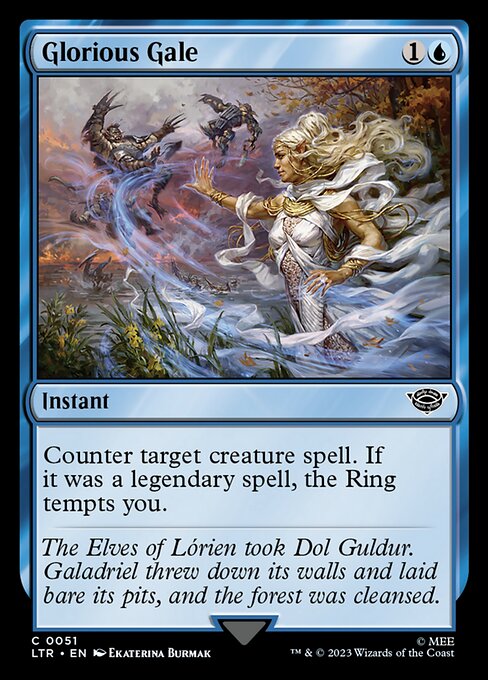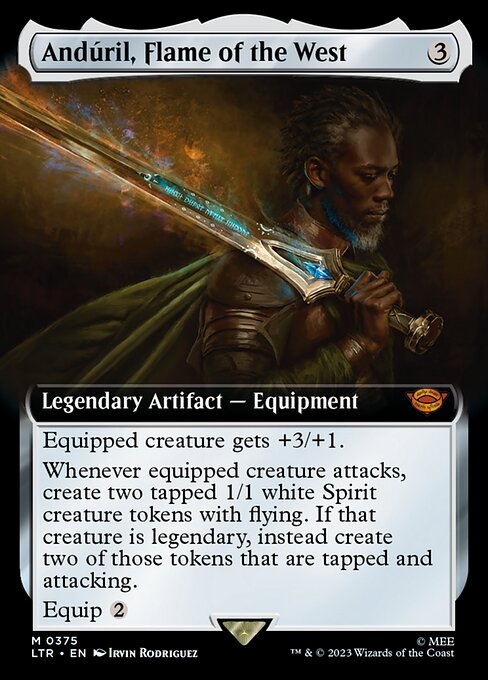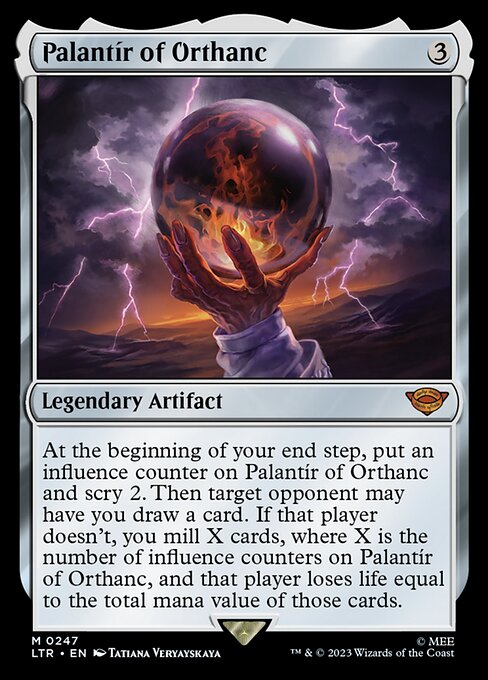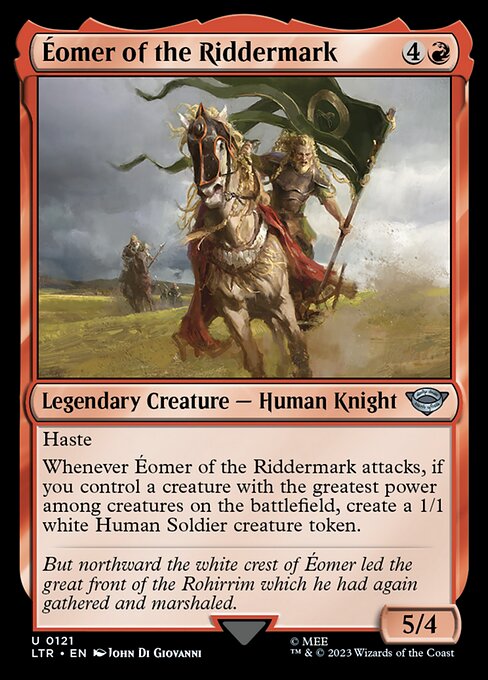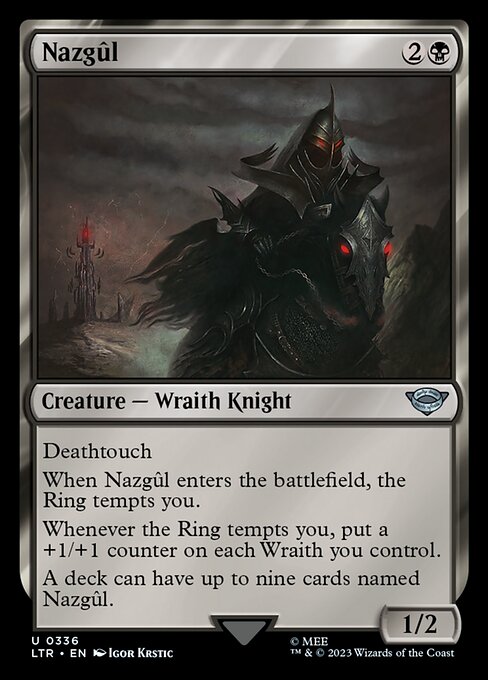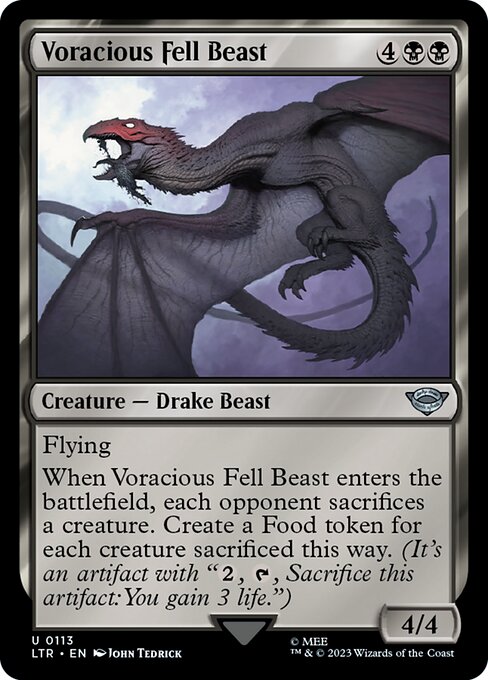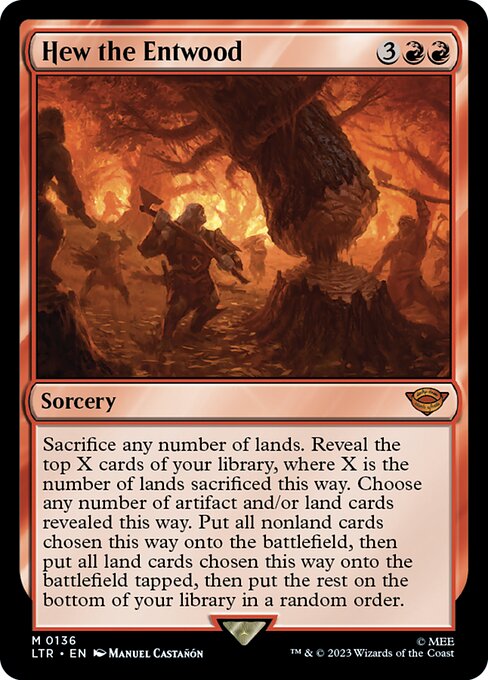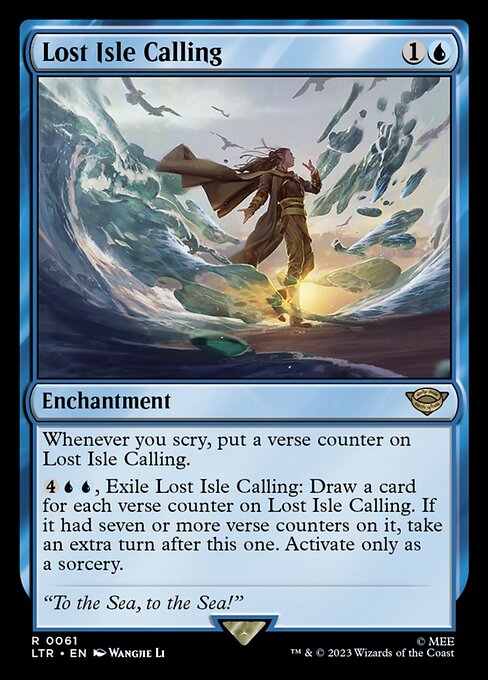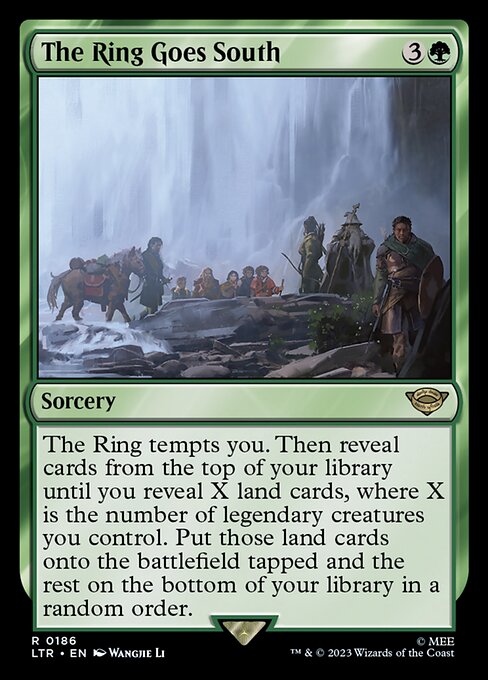Table of Contents
Hey everyone! We’re far enough into drafting The Lord of the Rings: Tales of Middle-earth that I shall pull out my quill and parchment to regale you with the legendary stories that will bring you success in your adventures. That’s right, it is time for ye olde bard who has spent a wee bit too much time at the Green dragon Inn’s pub to present you with my comprehensive draft guide for LTR.

The Lord of the Rings (LTR) Limited Guides
- Tier List - Updated!
- Draft Guide - New!
- Jump Into Middle-earth - New!
- Removal Guide
- Archetypes Guide and Example Decks
- Underperformers and Overperformers
- Combos and Synergies
- Mechanics Guide
- Prerelease and Sealed Guide
- White Review
- Blue Review
- Black Review
- Red Review
- Green Review
- Artifacts, Lands, and Multicolor (Part 1)
- Artifacts, Lands, and Multicolor (Part 2)
Key Ideas of The Lord of the Rings: Tales of Middle Earth Limited
The very first thing to focus on is being tempted by the ring. If you don’t fully understand the mechanic, then you’re going to have a bad time. There is a lot of missed equity from not planning ahead with what both you and your opponent can do with it. The general value of a “the ring tempts you” is slightly less than half a card, but for simplicity’s sake it’s close enough to consider it that when making your evaluations.
The first part giving skulk actually changes a lot of the normal attacking and blocking equations. Think of all of the times you’ve played a 4/4 and said, ”Cool, I’ve stabilized the board”. That doesn’t work here because their Ring-Bearer Grizzly Bears is going to stroll right by that 4/4. That means that if you’re playing defensively that a 1/4 can be a much stronger stat line than a 4/4. Obviously, that can be the opposite if you are the beatdown, but it is an interesting thing to consider when building your deck.
The skulk becomes very relevant when the Ring-Bearer is a small evasive creature such as Dunland Crebain because it ends up being extremely difficult to block without things lining up perfectly. Unless you also have a one power flyer that functionally becomes a better Looter il-Kor once they hit step two. While step three is kind of meh, step four turns the little flyer that could into a massive problem taking huge chunks out of a life total. That’s downright Hitchcockian.
These situations can end up forcing someone to use their premium removal on a card that they would normally be very hesitant to use it on. That generates additional value by directing that away from your other creatures that can dominate the board in other ways.
To give you a great example of thinking through the lines, my opponent was at one life and had me dead the next turn. They played Flowering of the White Tree which didn’t change their clock at all. I went to my turn, played a Birthday Escape to make my 1/1 a Ring-Bearer and attacked in for the win because Flowering of the White Tree made their creatures too big to block.
While that example was a bit extreme, you should consider both players outs especially when you are getting low on life. Another example is that I was on a forced chump block and I had a 3/3 amass orc and a 1/1 soldier token out. Instinctively people would chump with the 1/1 because it is right in most limited formats. They were at four life so I chumped with the 3/3 instead because I thought it was more likely that they would have something to block the than the 1/1 if I top decked a The Ring tempts you card that would also put me at step four. Sure enough, they played a 2/2 and I drew like a champ for the win that I would have missed out on if I did the typical play.
I’m not bragging with these examples; I’m just showing that stopping and considering the possibilities around the ring can steal games that were otherwise unwinnable. It can also prevent you from punting away a previously unlosable game.
Format Speed
Now that we live in modern times, the speed of any limited format is almost always going to be fast. Cards are just too efficient to durdle around with a bunch of four drops hoping that your opponent has a slow start. You need to either have early creatures or cheap interaction in able to get to the point where you can play your expensive cards. That is just how limited is now, but this format can actually get grindy if you are both prepared for the long game.
When it gets grindy, the ring comes up a lot because the games will snowball if one person is looting every turn while the other isn’t. There are plenty of other cards that can start a similar avalanche such as Doors of Durin or Call of the Ring, but most of the time it is going to revolve around common ring temptations letting someone build a continually growing advantage while preventing their opponent from doing the same.
Color Rankings
I highly doubt that it is still a secret to anyone that black is the best color in LTR. It is pretty amazing how fast the meta shifted because for that first week it was just correct to force black and whatever else happened, happened. It is currently being heavily drafted (as it should be) so you have a lot of opportunities to try out other routes.
Black is chock full of great removal, efficient creatures, and plenty of natural two for ones. It’s busted and so deep that it can still support half the table. When you’re lucky enough to be at a table that isn’t going that hard on it, you end up with a deck that doesn’t even feel fair.
Red is the second-best color and it isn’t even remotely close to the other three. The joke about sealed has been to check your red and black cards to decide if it’s worth running. That, of course, means that Rakdos is the best color combination to be playing. I’m not trying to beat a dead horse here, but you should be in one of these colors unless something else was “smack you in the face” open.
After a large dip, I have White and Blue ranked pretty much even. Ideally you don’t really want to be playing them together or with Green. Simic might actually be one of the biggest misses for designed archetypes we’ve ever seen. All of the combinations of them with either Red or Black are Gucci though.
I guess we have to talk about Green here even though it is on the bottom of my rankings. It can be pretty bad when not paired with one of the Rakdos colors. Of course, Dafore has somehow found a way to win with it, but that’s just par for the course for him. You can find some other success with the Many Partings and Mushroom Watchdogs package or just use Green for fixing in the crazy multicolor legend deck.
Tips, Tricks, and Assorted Thoughts
Removal is at a premium and has been progressively becoming more difficult to pick up. The other day I went through three drafts in a row without the option to pick a removal spell. That should be a huge outlier, but it is something to keep in mind.
If your opponent leaves two mana open on turn two with one of them being blue, it is often correct to play sorcery token makers such as Mordor Muster or Rally at the Hornburg over a normal creature. This avoids Glorious Gale while stranding their mana.
Since Nasty End and Slip On the Ring are very playable cards, it can often be correct to kill something at Sorcery speed if your opponent is tapped out.
One of my pet cards of the set is Great Hall of the Citadel because I can often scoop up a couple of them late which opens me up to splashing some nutty legends.
While fairly specific since it is a mythic, please read Sauron, the Dark Lord carefully. The most egregious problem is people using a removal spell when they don’t have a legendary to sacrifice. This happened multiple times in one event where they cast the removal, paused for a few seconds, and conceded. Don’t be them.
Theoretically Food tokens provide a huge life cushion to make aggro less viable. In practice it tends to not have that large of an effect on the game. The aggressive decks can kill you too fast for you to be casting two mana Healing Salves and the grindier decks build enough of an advantage that it doesn’t matter. There are still plenty of games where they can swing it in your favor, but planning to gain a bunch of life has never been a winning strategy in limited unless it is incidental life gain.
The normal Arena tells are screwed up in this set because of the one mana land cyclers. You’re going to have to go off of what their play is telling you over the normal figuring out what trick they have early. This also raises the value of tricks.
While cutting land for the land cyclers is fine, you don’t necessarily want to do it on a one for one basis. You would usually prefer to cast the cards because most of them are pretty solid especially Troll of Khazad-dum. While not a hard rule, I usually cut the first land if I have two land cyclers and a second if I have three. It works out to about 3/4 of a land each if you keep going.
Pacifism effects aren’t at their best here, but Fog on the Barrow-Downs and Bewitching Leechcraft are still playable if you are low on removal. While they are considered “bad” everything in limited is contextual and sometimes you just need to shut something down.
Sweepers
Fear, fire, Foes! has probably been responsible for more screenshots than any other card in the format because there are so many times that it absolutely destroys an entire board. It is difficult to play around because of how many creatures it hits with collateral damage. Maybe try holding up a Nasty End to fizzle it if you can.
I started out thinking that The Black Breath would strictly be a sideboard card, but it has slowly been making its way into the main lately. There are enough creatures that it hits to make it worth running a copy in some decks.
The Battle of Bywateris the white sweeper of the set. Be suspicious if they are only playing out smaller creatures. You don’t want to catch a Plague Wind in the middle of nowhere.
Spiteful Banditry is luckily a mythic, but as you can imagine having your side swept while your opponent stacks up a bunch of treasures isn’t optimal.
Tricks
Deceive the Messenger has been a huge over performer (almost like I wrote an article on that the other day) and something you should definitely consider before making blocks. It is also a nifty way to shrink your own creature to be able to block a Ring-Bearer.
Shelob's Ambush does so much for one mana. That +1+2 is going to keep your creature alive in a lot of combats while the deathtouch will ensure their creature isn’t going to make it. The free food is just the gravy on top. This is still being underdrafted and underplayed, but it puts in some serious work.
I have to mention Escape from Orthanc because it untaps and adds flying with some stats all for one mana. We were reviewing games the other day and it came up how little people think about it or play around it. White also has Second Breakfast, but I wouldn’t expect to see it that often outside of the food deck.
You don’t have to worry about Galadhrim Bow too much because nobody is playing green. If they are, you don’t really want them getting to keep a bonus after surprising your flyer. Gift of Strands (yes it’s actually decent), Pippin's Bravery and Bombadil's Song are other considerations if you run into a green deck in the wild.
Technically Rush the Room is a trick, but the only time someone has played it on me they were also playing 65 cards. Take that as you will.
Counterspells
Saruman's Trickery is busted. It’s a high pick and it’s a lot harder to play around than the other counters since it isn’t limited on it’s targets.
Glorious Gale is a strictly better Essence Scatter. I’ve heard some people that are down on it since you can just play spells that make creatures instead of actual creatures. I usually don’t hold it up early if I can build my board instead. It’s a lot more effective when you can play something while holding up two mana to counter their four drop.
Stern Scolding is an amazing tempo card that hits a lot more creatures than most people would think. It’s so easy to hold up one mana without falling behind that it can be crushing when you snipe something off with it.
Bombs
These are the Pack One Pick One (p1p1) no doubt, windmill slam, just take them rares of the set. These are not in rank order, just take these over any uncommon or common.
- Anduril, Flame of the West
- Arwen, Mortal Queen
- Call of the Ring
- Eowyn, Fearless Knight
- Faramir, Prince of Ithilien
- Horn of Gondor
- Orcish Bowmasters
- Palantir of Orthanc
- Rangers of Ithilien
- Witch-King of Angmar
Mythic Uncommons
These might be uncommons, but they sure don’t play like they are. The uncommons in this set are STACKED! I could keep going for awhile on this one, but for brevity kept it to my top five.
Do Not Draft List
These are the ones that some people talk themselves into, but you should always pass. I’ll save you the trouble of reading these stinkers, just don’t draft them.
Wrap Up
Thanks for reading! I’ve been having an amazing time tromping my way through the wilds of Middle-Earth and I hope this guide helps improve your performance during your adventures there as well. Good luck with crushing the Arena Open this weekend! I’ll be back soon with more limited analysis for you. Until then, stay classy people!
I’m always open to feedback, let me know what you loved, what you hated, or just send dog pics. You can contact me at:
Premium >
Enjoy our content? Wish to support our work? Join our Premium community, get access to exclusive content, remove all advertisements, and more!
- No ads: Browse the entire website ad-free, both display and video.
- Exclusive Content: Instant access to all exclusive articles only for Premium members, at your fingertips.
- Support: All your contributions get directly reinvested into the website to increase your viewing experience!
- Discord: Join our Discord server, claim your Premium role and gain access to exclusive channels where you can learn in real time!
- Special offer: For a limited time, use coupon code L95WR9JOWV to get 50% off the Annual plan!

























